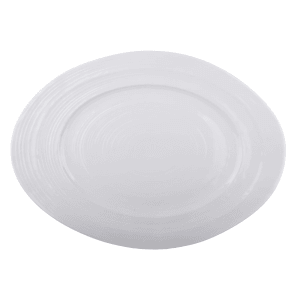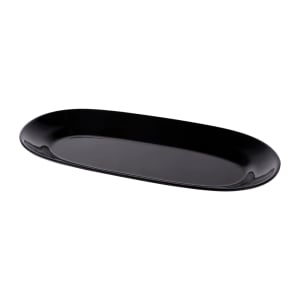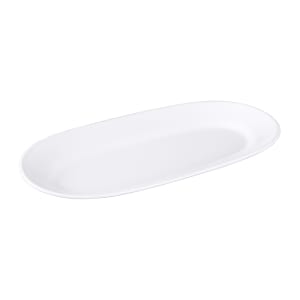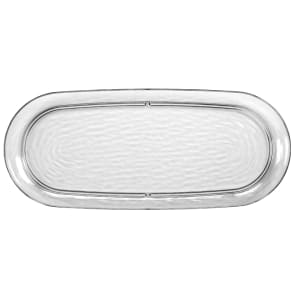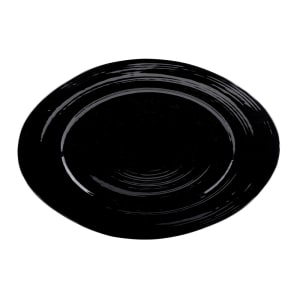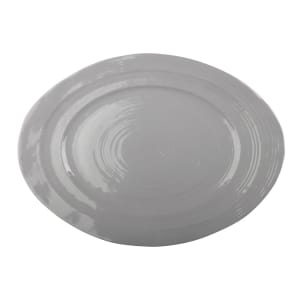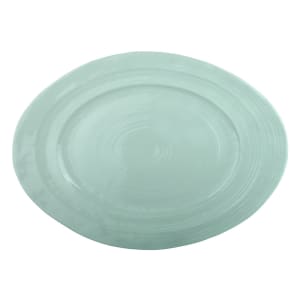Serving Platters
Restaurant serving platters provide a method to merchandise your most attractive menu items while serving large numbers of guests. More
Commercial Serving Platters: What You Need to Know
Serve shareables and starters using pieces from this collection of restaurant platters. We carry both traditional, round commercial serving platters and modern, square pieces. Plastic and melamine platters hold up in venues that see heavy traffic, while ceramic pieces are available to match your traditional dinnerware. The range of colors and patterns available means you'll find a commercial serving platter that fits your existing place settings and décor.
This variety, though, makes it difficult to choose the perfect platter. The different materials, colors, and styles all have distinct benefits and drawbacks – some are more suited for fine dining while others are best at casual family establishments. We'll go over the diverse materials below, as well as the questions you need to answer before choosing a commercial serving platter.
Common Questions About Serving Platters
What materials are available for restaurant serving platters?
Stoneware and melamine are the two most popular materials used for serving platters, though there are many other options available. Stoneware is broken down into different grades, ranging from ceramic to porcelain and china serving bowls. Melamine is a type of organic plastic that's become incredibly popular for restaurant dinnerware, but there are many varieties of plastic as well.
Melamine serving platters are a cost-effective alternative to ceramic dinnerware and have become very popular with casual restaurants. Melamine is durable as well as inexpensive, providing a very low total cost of ownership over the course of business. It can be imbued with almost any color and design, meaning operators can find an attractive piece regardless of preexistent styles in their establishment. The drawbacks of melamine come from perceived quality – it doesn't have the same weight as stoneware, which customers may regard as lower quality than ceramic equivalents. Melamine also can't withstand high heats, so anything hotter than holding temperatures should be avoided. Don't use melamine in a microwave oven.
Stoneware, including ceramic, porcelain, and china platters, fits better in upper-tier establishments and fine dining. It's more expensive than melamine and other plastic options, but the quality can lead to an improved customer perception and thus a willingness to pay higher prices for your food. China platters are the highest tier of stoneware, and therefore the most expensive. These pieces really only belong in fine dining establishments, but their performance and quality are unmatched. Porcelain and china are fully vitrified, meaning they're incredibly durable and don't absorb liquid and odors.
What style of serving platter do I need?
Once you've chosen the right material for your platter, you'll need to choose a color and style. The easiest way to do this is to consider the pieces you'll use in conjunction with the platter. Choose a color and style that complements the pieces you already have so you won't feel the need to replace them later. Serving platters are unique pieces, though – you won't often use more than one at a table – and so are great places to make bold design choices. Textured platters, interesting colors, and unique shapes can all be used to showcase your favorite menu items, improving your guests' experiences and merchandising these dishes to other customers.

